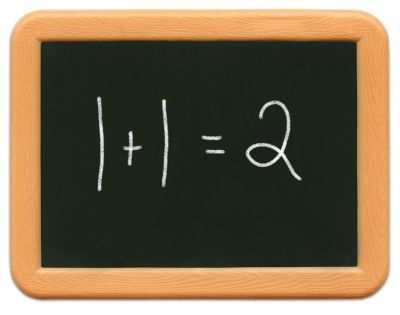by Elizabeth Cossick, M. Ed.
Comment on this post to be entered to win a $20 gift card to The School Box!
So, you’ve heard of Pinterest, right? It’s a virtual pinboard where you can “keep” all of your online inspirations–from recipes to decorating pics to travel plans to–yup–teaching ideas. Here are our favorite Pinterest-found classroom inspirations…so read, enjoy, and pin to your heart’s content.
And, if you haven’t been formally introduced to Pinterest, yet, you’ll find a good article from USA Today on how to get started here.
Pinsirpiation: Look What We Found On Pinterest
Runde’s Room: The Queen of Measurement
 This cute Pinterest pin, left, led us to discover the blog of teacher Jen Runde, who offers a wealth of creative teaching ideas. We love this idea for teaching the metric system by declaring yourself the Queen of Measurement– tiara included.
This cute Pinterest pin, left, led us to discover the blog of teacher Jen Runde, who offers a wealth of creative teaching ideas. We love this idea for teaching the metric system by declaring yourself the Queen of Measurement– tiara included.
Mrs. Schmelzer’s First Grade: Sensational Space
The image from Pinterest, below, led us to the classroom of Mrs. Schmelzer, who’s always got a great idea up her sleeve. Love this idea for teaching the moon phases and other facts about the solar system.
One note about blogs, though, should you choose to begin one: make sure you use good judgment and secure parental online photo releases for any children you feature. You never know whose Pinterest board they may end up being pinned to….

Disney FamilyFun
This adorable paper tray, below from Disney FamilyFun, caught our eye on Pinterest. Can you believe it’s just three boxes (think: cereal boxes) taped together and then wrapped with wrapping paper? What a cute idea for art papers at a writing or crafts center!

These examples hardly scratch the surface of the fabulous ideas found on Pinterest. We’ll be sharing more of our favorites from time-to-time. We thought you might appreciate some help narrowing down the really great ideas, since it’s tough to ferret through the good, the bad and the pretty on Pinterest without losing several hours of sleep.
So rest up…and happy pinning!




















